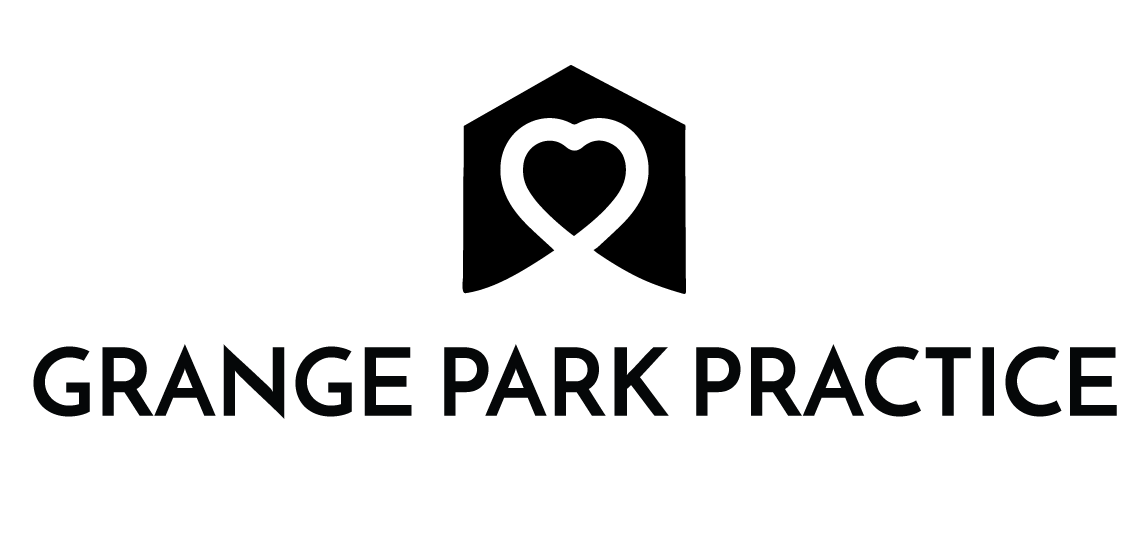How to get the most out of your New Year’s resolutions
We all tend to over indulge a little at Christmas and doing a little more exercise is a common New Year’s resolution. But how do you get the most out of your gym routine and how much exercise should you do to stay healthy?
There is no denying that exercise is good for you. We know that those who perform a moderate amount of exercise on a regular basis are considerably less likely to suffer from diseases such as diabetes, stroke and heart attack or experience insomnia.
Exercise helps older people maintain their independence and is one of the most effective methods of weight management, a growing problem in western societies. It is also very important for our psychological health, as it stimulates the release of endorphins, natural pain killing chemicals that can also improve our mood.
However, some people become a little disenchanted when the exercise they do doesn’t have the desired effect.
“Most of the time, it’s because people are not clear on the type of exercises that are most likely to achieve their goals” says, Matthew Rogers. “Different types of exercise will be more appropriate, depending on what you’re hoping to accomplish.”
“As a general rule”, he/she continues “if you are trying to build larger muscles, the most effective method is to use a weight which you can manage to lift 8-10 times before the muscles fatigue, in order to get the desired effect. If you are looking for stronger, leaner muscles, a weight programme based upon 20 repetitions would be more appropriate.
If you are trying to lose weight, cardiovascular exercise (anything that gets your heart rate up such as running, swimming, dancing or football) is the way to go. In order to be most effective, this should be performed at 60 – 80% of your maximum heart rate, which is a lot less strenuous than you might think (Subtracting your age from 220 will give you your advised maximum heart rate. You can buy a heart rate monitors from most good sports shops or online to monitor this).
It’s also important not to train every day. The body needs time to respond to the strain of the training, and it’s during the recovery period that the gain takes place.”
But going to the gym for two weeks before you go on your summer holidays to shed a few pounds is likely to end in frustration. “It takes 4-6 weeks to start noticing the health benefits of exercise,”…. “Doing something you enjoy makes it more likely that you will persist, which is important if you don’t want all that hard work to go to waste.”
But how much exercise do you need to do to be healthy? If you are aged between 19 and 64, research suggests that you perform at least 150 minutes of moderate-intensity, or 75 minutes of vigorous-intensity cardiovascular exercise each week plus muscle strengthening exercises on at least two separate days of that week. The good news is that this exercises does not need to be all in one go, and activities such as walking briskly to work (if your journey is more than 10 minutes) counts as part of the total.
If you want to know more about what would class as moderate or vigorous exercises, or if you are outside of this age group, visit the NHS choices website at: http://www.nhs.uk/Livewell/fitness/Pages/physical-activity-guidelines-for-adults.aspx
